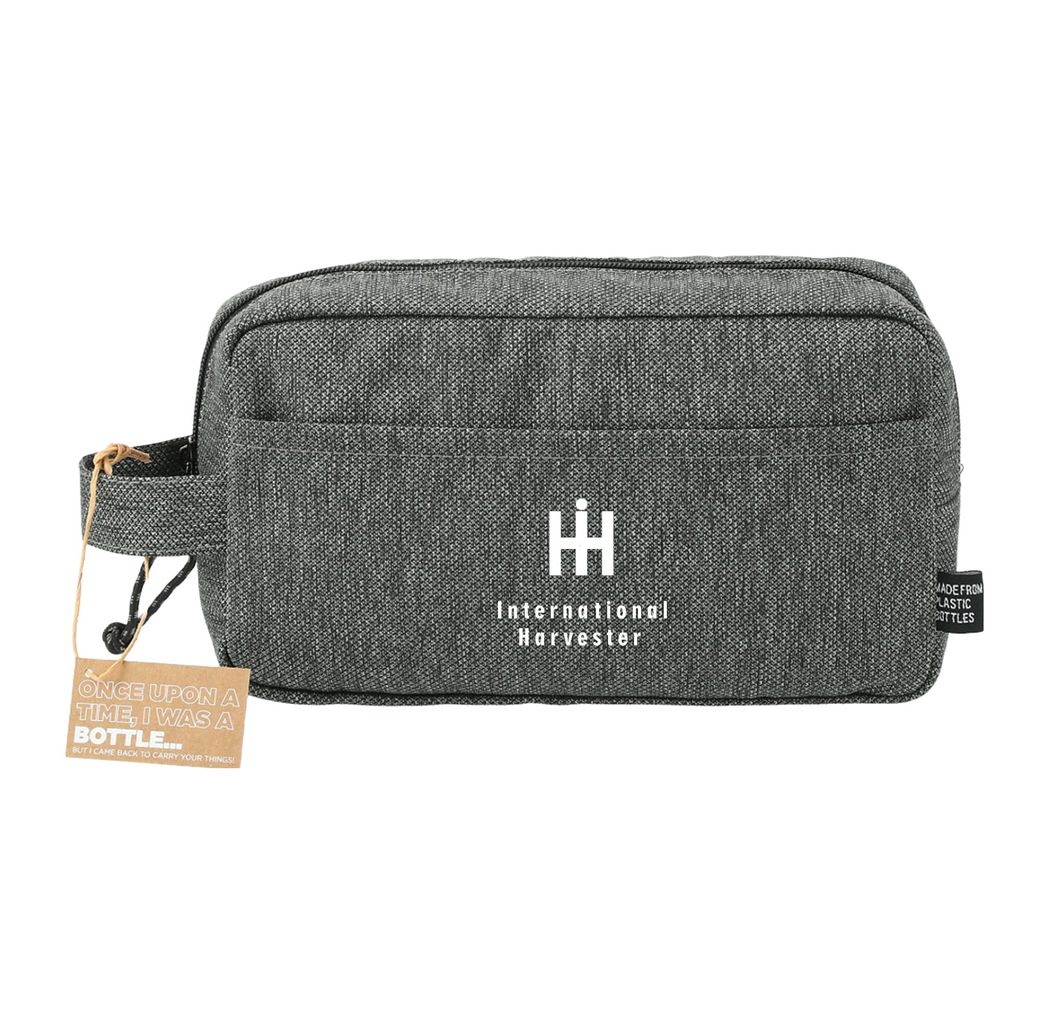In the competitive landscape of retail and consumer goods, making your product stand out is crucial. One of the most effective ways to achieve this is through custom pouches.
These flexible packaging solutions not only serve a functional purpose but also act as a canvas for your brand identity, captivating your customers’ attention.
Here, we will do our best to guide you through the essential steps to create custom pouches that customers can’t resist, consequently making you more sales and creating loyal customers.
Understanding the Importance of Custom Pouches
Custom pouches (your design and cost strategy included) play a vital role in packaging strategy. They not only protect your products but also enhance the overall brand experience.
When designed effectively and sourced competitively, custom pouches can lead to increased sales, brand loyalty, and customer satisfaction.
Benefits of Custom Pouches
- Versatility: Suitable for various products, from snacks to cosmetics.
- Lightweight: Easier to handle and transport compared to rigid packaging. Think breakable glass coffee jars versus agile, ultra protective custom coffee bags.
- Eye-Catching Designs: Custom printing allows for unique graphics and colors.
1. Know Your Target Audience
Before diving into design, it’s essential to understand who your target audience is.
Knowing your customers’ preferences, lifestyles, and values can significantly influence the design of your custom pouches.
Key Questions to Consider
- What are their needs and pain points?
- What values do they prioritize in brands?
- How do they interact with products similar to yours?
By answering these questions, you can tailor your pouch design to resonate with your audience, making it more appealing.
2. Prioritize Quality Materials
The materials you choose for your custom pouches can greatly affect the perception of your brand.
Quality packaging reflects the quality of the product inside.
Material Options
- Plastic Pouches: Lightweight and versatile, ideal for various product types.
- Kraft Paper Pouches: Offer a rustic, eco-friendly feel, perfect for organic or natural products.
- Foil Pouches: Excellent for preserving freshness and protecting against moisture.
Select materials that align with your brand’s values and the expectations of your customers. For instance, if sustainability is a core value, consider using recyclable or biodegradable materials.
3. Focus on Unique Design Elements
The design of your custom pouch should be distinctive and eye-catching.
It should reflect your brand identity while also standing out on the shelf.
Key Design Elements
- Color Schemes: Use colors that evoke the right emotions and reflect your brand personality. Bright, bold colors may attract younger audiences, while softer tones may appeal to a more mature demographic.
- Typography: Choose fonts that are easy to read and align with your brand’s tone. Experiment with different styles to find what fits best.
- Graphics and Images: Incorporate graphics that represent your brand story. Unique illustrations or photography can help create a strong visual impact.
By focusing on unique design elements, your custom pouches will not only attract attention but also communicate your brand’s story effectively.
4. Incorporate Functional Features
Functionality is key when it comes to packaging.
Custom printed pouches that offer additional features can enhance the overall customer experience.
Functional Features to Consider
- Zipper Closures: Provide convenience and resealability, ensuring product freshness.
- Tear Notches: Make it easier for customers to open the pouch without tools.
- Clear Windows: Allow consumers to see the product inside, which can increase trust and entice purchases.
Integrating functional features into your custom pouches not only adds value but also encourages customers to choose your product over competitors.
5. Tell a Story with Your Packaging
Storytelling is a powerful marketing tool.
Use your custom pouches to tell a story that resonates with your audience, creating an emotional connection.
How to Incorporate Storytelling
- Highlight Brand Values: Use the pouch to communicate what your brand stands for—whether it’s sustainability, quality, or community involvement.
- Share Your Journey: Include a brief narrative about how your product is made or the inspiration behind it. This personal touch can create a deeper connection with consumers.
- Engage with Customers: Encourage customers to share their experiences with your product on social media, creating a community around your brand.
When customers feel connected to your story, they are more likely to become loyal advocates for your brand.
6. Test and Iterate
Creating custom pouches that customers can’t resist is an iterative process.
After launching your product, gather feedback and analyze sales data to assess how well your packaging resonates with your audience.
Feedback Channels
- Surveys: Send out surveys to customers asking for their opinions on your packaging.
- Social Media: Monitor comments and engagement on social platforms to gauge customer reactions.
- Sales Data: Analyze sales trends to identify which designs or features are performing best.
Use this feedback to make informed adjustments to your custom pouch design, ensuring it continues to meet customer needs and preferences.
Conclusion: Crafting Irresistible Custom Pouches
Creating custom pouches that customers can’t resist involves a blend of understanding your audience, prioritizing quality materials, focusing on unique design elements, incorporating functional features, and telling a compelling story.
By taking these steps, you can enhance your brand’s visibility, drive sales, and foster customer loyalty.
Investing in well-designed custom pouches is not just about packaging; it’s about creating a memorable brand experience that resonates with your customers.
With the right approach, your custom pouches can become a key driver of your brand’s success.
Keep an eye for more news & updates on Vents Tribune!

